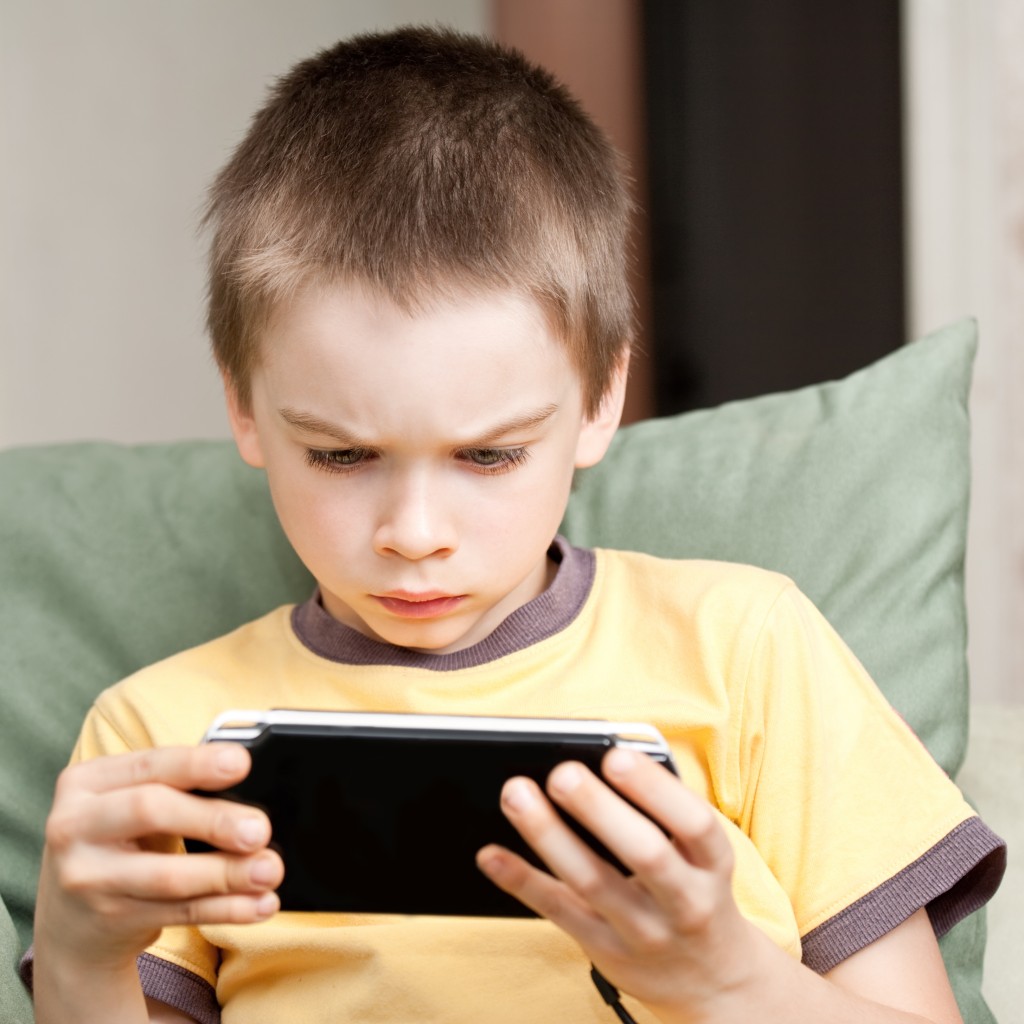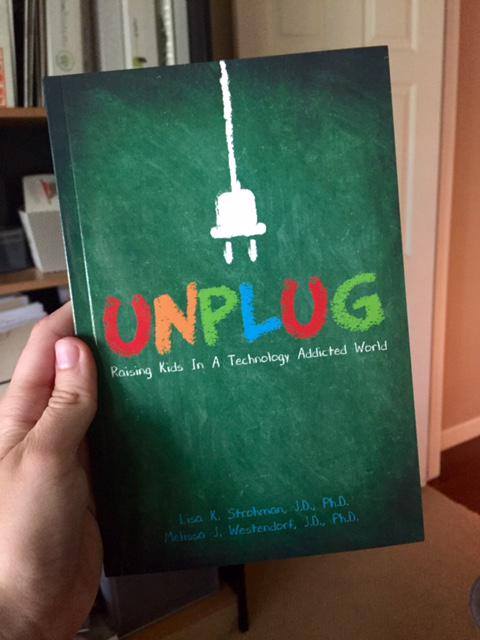If you read yesterday’s guest article about understanding the dangers of technology when it comes to our kids in today’s social media and multiple device obsessed world, then you will want to be sure to read today’s post about what steps we can take as parents to reduce the dangers.
One thing we can do as parents is to be informed. This article about overall internet use with key statistics about online usage is helpful to read. Articles like this help parents to understand all the areas of online use that kids may discover as they log on to cyberspace.
Our guest writer, licensed clinical psychologist, Dr. Lisa Strohman outlines the crucial steps we can take as parents to protect our children from the online world where the potential bad guys (and bad gals) can lurk. It is a scary thought and a real danger that is something that we can’t ignore.
So take a look and ask yourself if you are taking these steps. I know that I can do better on some of these suggestions. One thing I would add since I have a 17-year-old and a son who is now 21 (we survived the online teen years!) is to accept that your kids may get mad at you when you ask questions and/or place limits on their technology and device time.  Too bad because your action could be a life saving action. Parenting is not easy, especially in today’s fast paced online world.
Too bad because your action could be a life saving action. Parenting is not easy, especially in today’s fast paced online world.
Dr. Strohman says:
Protecting Our Children From Online Dangers
In yesterday’s piece, I outlined two very serious dangers our children are vulnerable to when they have access to the Internet without obstruction – pornography, and the risk of connecting with sex offenders. On a daily basis, interacting with their peers, they are also more vulnerable to cyberbullying and gaming addictions.
Fortunately, recognizing the dangers is the first step and by taking action parents can minimize the risks. So, how do we protect our children?
- Assess the situation
The first thing every parent should do is sit down and have an honest conversation with their child about what the Internet is and its hidden dangers. Then, assess the level of dependence your child or children may already have on technology.  The Technology Wellness Center has developed the the TUC©, which is a tool designed for parents to assess their children’s level of risk in the areas of physical, emotional, behavioral and interpersonal health.
The Technology Wellness Center has developed the the TUC©, which is a tool designed for parents to assess their children’s level of risk in the areas of physical, emotional, behavioral and interpersonal health.
- Monitor usage
Monitoring your child’s online activities is critical during developmental years. You can download every message they send, check their contacts in their phone, connect with them on social media or utilize a program that alerts parents of the use of various key words. How you monitor and the rules you set is a parenting decision and one that will vary by age. What’s important to understand is that allowing young kids unrestricted access to the Internet is similar to dropping them off at a mall without supervision knowing there could be sociopaths and sex offenders present.
- Establish rules
Implementing rules and guidelines on what kids can and can’t do on their devices, when they can use them and why is the last step in protecting your kids online. Most children are very receptive to mandatory rules that are consistently enforced. No child (that I have met) wants to take out the trash and empty the dishwasher, but they do it when it is an expected part of the daily house rules and it is enforced. Internet rules are no different. If you can talk to your children about what the rules are, why they are in place and how you will be enforcing them, then you will be laying the foundation for protecting your kids from online predators and other technology related threats.
Every family needs to determine what will work for them. The important factor in making it work is maintaining consistency and open, ongoing communication (preferably face-to-face).
Thank you Dr. Strohman for these very helpful tips.
And be sure to check out her helpful book for parents called Unplug Raising Kids in a Technology Addicted World that I highly recommend. 
Thank you to Dr. Strohman for being a valuable resource for parents. I do believe it takes a village and most especially in today’s technology plus 24/7 social media world. It is a lot for us to naviagate, much less our impressionable kids and teens!








